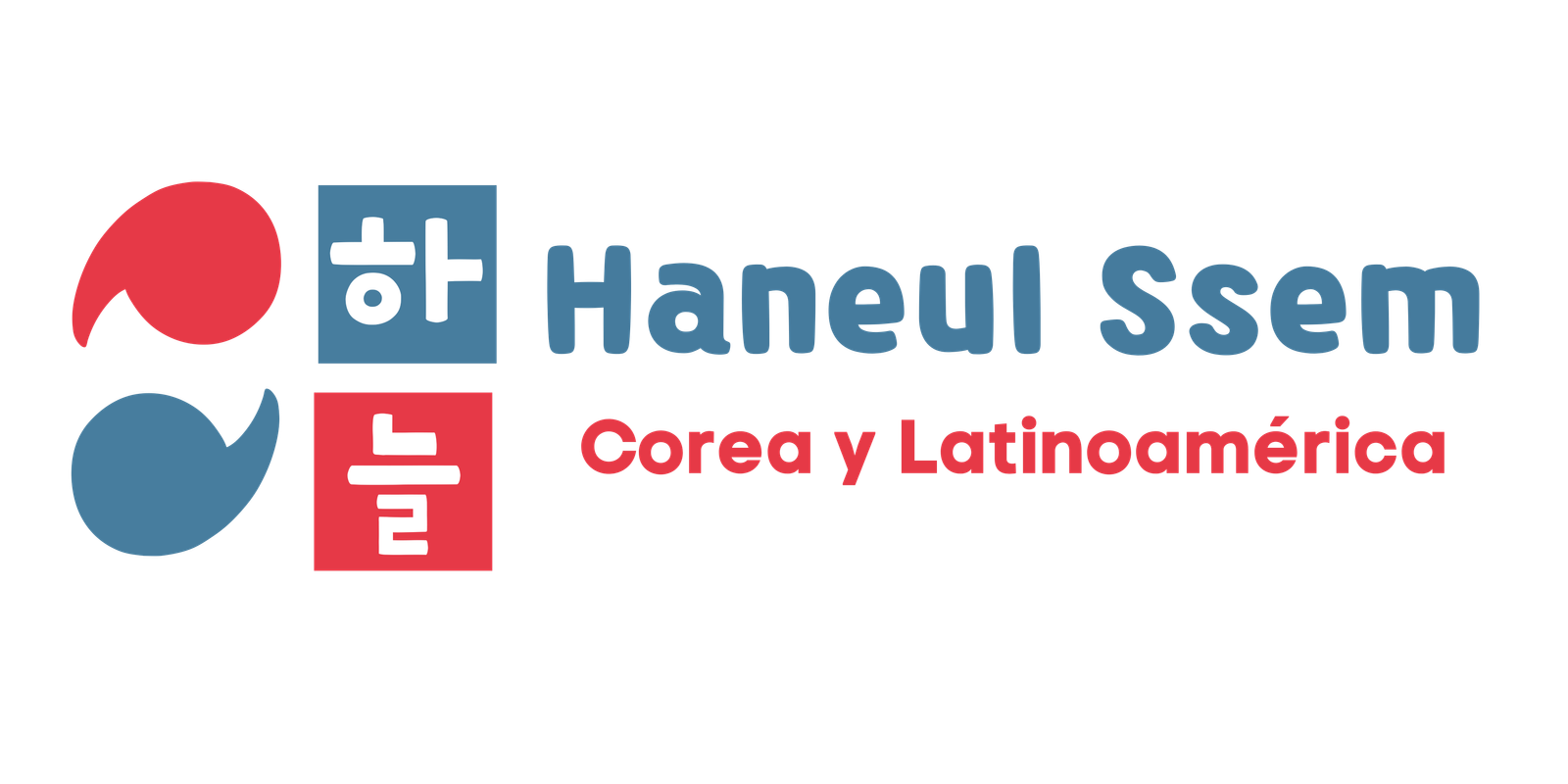
From being part of shamanic rituals to becoming one of the most representative performing arts in Korea, Samulnori (사물놀이) is a percussion traditional musical genre that, by incorporating elements of Korean folk and religious music, has given rise to intricate and unique rhythms that have shaken the soul of more than one person in the world and that are characterized by their strong and accentuated harmonies, vibrant body movements, and an energetic spirit.
If you like watching Korean variety shows, is likely that you’ve already seen one of these performances without even knowing it, perhaps as people dancing and making pirouettes to the beat of drums or as small groups sitting cross-legged on the floor with their instruments. With the popularization of new genres such as K-pop and K-indie, new questions arise regarding the future of Samulnori. Then, what does Samulnori means to Koreans today? What is the worldwide impact of this vibrant percussion? In this blog, we are going to look into this traditional Korean music and how it is that, despite everything, it keeps having a significant influence on modern music.
Samulnori’s roots stem mainly from popular Korean dances and percussion melodies, specifically, the Nongak or Pungmul nori (풍물놀이), which is a type of traditional music that is believed to have existed even before 57 B.C. and was designated by UNESCO as Intangible Cultural Heritage since 2014. This was performed outdoors by farmers accompanied by dances and acrobatics as a ritual to thank the spirits for the harvests and to promote a sense of unity. Even though the original music of these local rhymes is steeped in traditional animism and shamanism, it has also taken on influence from Korean military music and Buddhism over the years. In 1978, the musical ensemble ‘SamulNori’ was established, who decided to formulate a reduced and modified version of Pungmul nori with only percussion instruments and fewer performers, to be brought to a contemporary stage as an artistic sample. Consequently, numerous bands that played the same musical style as the original group emerged, which is why Samulnori has gone from being the name of a group to designating the performing art itself.

The word Samulnori is formed by ‘samul‘ which means ‘four things’ and ‘nori‘ which means ‘play’; and refers to the four musicians who play and dance with four traditional percussion instruments: The Kkwaenggwari (꽹과리), a small gong; the Jing (징), a larger gong; the Janggu (장구), an hourglass-shaped drum; and the Buk (북), a barrel drum. Each one symbolizes an element of nature, the thunder, the wind, the rain, and the clouds, respectively. The theory of yin and yang (in Korean um and yang) is depicted throughout the music and is evident in the balance of the two metal instruments with the two leather instruments. The steel or brass gongs represent the yang, the heavens, the masculine, and brightness, while the leather drums represent the um, the earth, the feminine, and darkness. The most representative pieces that are usually played are the Binari (Prayer song), Samdo Sul Jang-go Garak (Jang-go Rhythms from Three Provinces), and Samdo Nongak Garak (Poongmul Rhythms from Three Provinces). During performances, they wear the traditional hanbok, shoes, and hat. The clothing usually includes red, blue, and yellow ribbons that represent the earth, the sky, and the people. Hats are also important, usually is worn a black and round one that resembles the helmets of the Goguryeo dynasty army, called sangmo, and another white and pointed called gokkal originating from the hats used by Buddhist monks.

Nowadays, many Koreans see Samulnori as part of a musical heritage that distinguishes their nation from other countries and has allowed them to rediscover the values of Pungmul nori that were lost for approximately 34 years due to oppression during the Japanese occupation in the early 20th century. In Korea, you can find a wide range of workshops, festivals, and contests; in many schools, it is part of the official curriculum and in universities, you can find clubs where you can learn to play the instruments. It has become a recognized part of Korean performance culture at home and overseas, in concerts but also movies and stage productions like the NANTA show. It’s not just about the music but also the philosophy behind it; it’s a unifying harmony.
Today, there are dozens of amateur and professional Samulnori groups around the world; some choose to preserve traditional Samulnori free from other outside influences, but others prefer to experiment with various musical genres, from playing orchestral pieces arranged for the group to jazz and pop, some of them even involve the audience in their performances making it more enjoyable and funnier. It is these contributions that have made Samulnori more striking and have increased its popularity among young people, the best thing is that we do not have to go far to enjoy these stagings that invite us to rediscover the past of the Korean people through ritual and catharsis since little-by-little groups have been emerging in Latin America, such as Hanbia in Colombia and Saewoolim in Mexico. We may sometimes think that traditional music is boring and monotonous, but if Samulnori has taught us something is that it can always be readdressed to be more attractive without neglecting the richness of its roots.
Do you like the idea of traditional Korean music with a touch of modernity? Are there any Samulnori groups in your country? Let us know in the comments.
Written by: Laura Herrera
Edited by: Angie Salavarria



